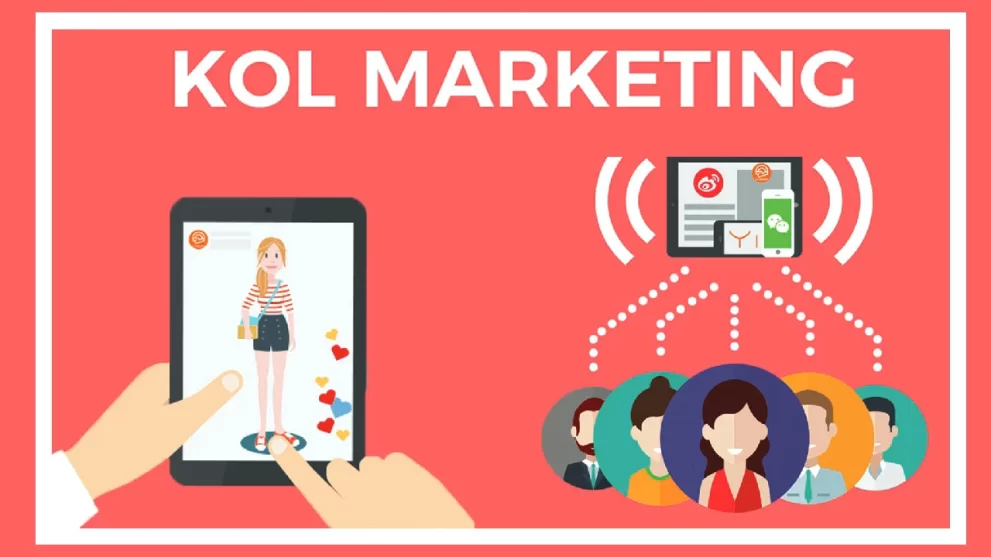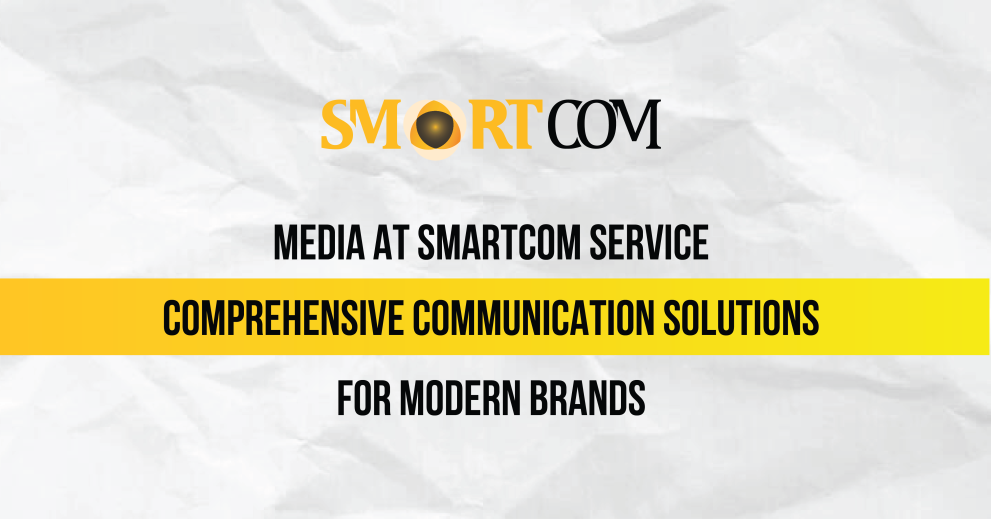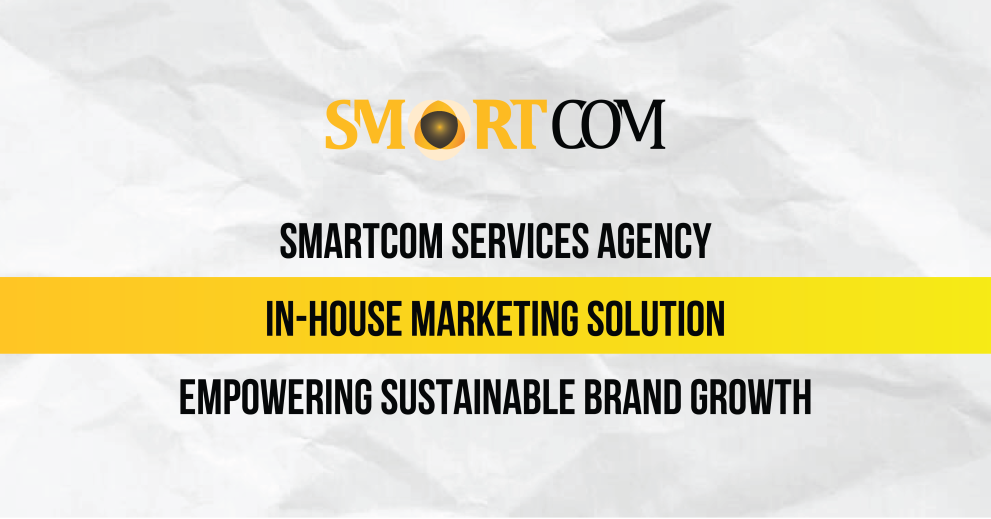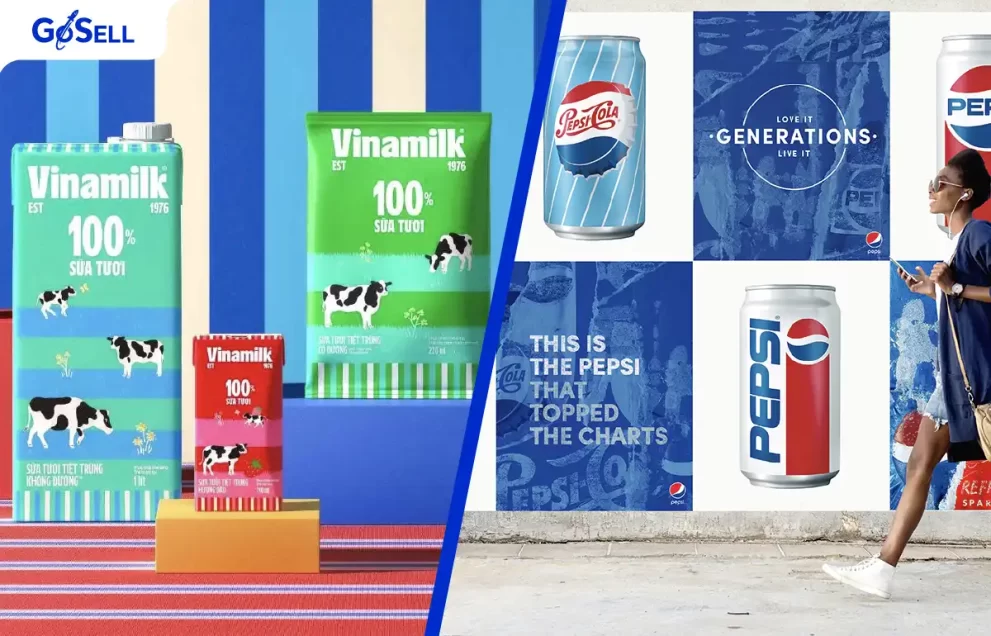You’ve probably seen it-brands throwing big money at influencers, expecting instant sales, viral engagement, or a shiny brand halo. But more often than not, those campaigns fizzle out. The influencer posts, the likes trickle in, and… nothing really moves.
At Media Smartcom, we’ve worked alongside brands navigating this exact frustration. Not because KOL marketing doesn’t work, but because it’s being misunderstood. When done right, KOL (Key Opinion Leader) marketing isn’t about hype. It’s about credibility, community, and consistency. And most importantly, it’s about choosing the right voices to speak for your brand, not just the loudest.
In this article, Smartcom will break down what businesses often miss, how KOLs really influence purchase decisions, and how to approach KOL marketing in a way that’s strategic, honest, and built for the long haul.
What Is KOL Marketing?
You don’t need a textbook definition to understand KOL marketing. In practice, it’s simply this: leveraging individuals with influence and credibility to shape opinions and drive actions within specific communities.

That could mean a fitness YouTuber recommending a health supplement, a mom on TikTok raving about a baby product, or a local chef featuring your brand’s spice blend in their cooking reels.
What sets KOLs apart from generic influencers is their authority and relationship with their audience. They’re not trend followers; they’re trusted voices. Their audiences don’t just consume their content-they believe them. That trust is the currency of KOL marketing.
But here’s the catch: not all influencers are KOLs, and not all KOLs are right for your brand. That’s where things start to go wrong.
Where Most Brands Get It Wrong
KOL marketing isn’t new. But even seasoned marketers fall into the same traps:
1. Focusing on Follower Count Over Fit
A million followers won’t help you if they don’t care about your category. Too often, brands chase macro-KOLs because of their numbers, while missing the micro-KOLs who actually move the needle. Influence isn’t about volume; it’s about relevance.
We’ve seen niche creators with 10,000 followers outperform celebs with a million-simply because their audience listens. A skincare KOL trusted by a tight-knit Gen Z beauty community will deliver far more meaningful engagement than a general lifestyle influencer with a wider but shallower reach.
2. Treating KOLs Like Ad Slots
KOLs are not banner ads. Yet many brands still approach them transactionally: “Here’s a brief, here’s the product, post on Friday.”
That’s a fast way to burn money and lose authenticity.
The strongest campaigns come from collaboration, not control. When you involve KOLs early-sharing your brand story, values, and goals-they become co-creators, not just messengers. Their content feels natural, not staged. That authenticity is what audiences engage with.
3. Expecting Instant ROI
KOL marketing is a relationship strategy, not a quick-hit tactic. Yes, some campaigns go viral-but the real impact often comes from repetition, consistency, and long-term trust.
Just like you don’t trust a product after one ad, audiences don’t change behavior after one post. KOL strategies that work tend to be layered, multi-touch efforts that build awareness gradually and reinforce credibility over time.
The Psychology Behind KOL Impact
Why do KOLs actually work? Because they tap into something more powerful than traditional advertising: social proof and parasocial trust.

When people see someone they admire using a product, their brain doesn’t just register information-it mirrors behavior. It’s the same reason we ask friends for recommendations or copy a favorite celebrity’s style. It feels safer to choose something that’s already been validated.
More than that, followers often feel emotionally connected to KOLs. They feel like they know them. So when a KOL shares a brand, it doesn’t feel like an ad-it feels like a recommendation from a friend.
That’s a level of trust brands can’t buy with paid ads alone.
A Smarter Framework for KOL Marketing
If the old way of doing things isn’t working, what does a better approach look like? It starts with these three core principles:
1. Choose KOLs Based on Influence, Not Just Popularity
Look for voices that genuinely shape opinions in your niche. A passionate tech reviewer on YouTube with 15,000 loyal followers is often a better fit for a new gadget than a fashion icon with half a million.
Vet KOLs not just on their follower count, but on engagement quality, past brand partnerships, tone of voice, and audience alignment.
2. Prioritize Relationship-Driven Campaigns
Think of KOL collaboration as building a relationship, booking a billboard. The more a KOL understands and believes in your brand, the more naturally they’ll advocate for it. This often means:
-
Giving them time to use and understand the product
-
Sharing your brand’s deeper story, not just your selling points
-
Letting them tailor the message in their own authentic way
The result? Content that feels more like storytelling than a sales pitch.
3. Measure What Really Matters
Likes are nice. But deeper metrics matter more.
What to look for:
-
Saves, shares, and comments (especially thoughtful ones)
-
Traffic and conversions from trackable links
-
Sentiment and mentions across social platforms
-
Long-term engagement with your brand after a campaign ends
These are signs that the KOL message didn’t just reach people-it resonated.
What KOL Marketing Looks Like In The Future
The future of KOL marketing is more personal, more transparent, and more platform-specific. Here are a few trends already shaping campaigns today:
-
Rise of Nano and Micro KOLs: Small audiences, high trust, and deeper conversations.
-
Video-first storytelling: Reels, TikToks, livestreams-not just photos and captions.
-
Authentic over aesthetic: Audiences value honesty over polish. A shaky vlog that feels real beats a heavily edited ad.
-
Cross-platform consistency: KOLs who show up across YouTube, TikTok, and Instagram offer more touchpoints and trust-building opportunities.

Brands that win will be those that build long-term partnerships and let KOLs shape, not just the message.
FAQs
1. What is KOL Booking?
KOL Booking is a collaboration model between brands and influential individuals to deliver messages to the right audience. It helps increase brand exposure, build trust, and accelerate customer purchase decisions.
2. What criteria should businesses use when choosing a KOL?
Businesses should assess industry relevance, audience alignment, credibility, and the communication style of the KOL. Choosing the right KOL maximizes both reach and conversion.
3. What is the difference between a KOL and an Influencer?
A KOL is typically an expert or authority in a specific field, while an Influencer is known for a broad social media reach. Depending on campaign goals, brands may use either or both.
4. How is the KOL Booking cost?
Costs vary based on popularity, platforms used, content formats, and posting frequency. Some KOLs may also charge extra for image usage rights or additional media exposure.
5. How long does it take for a KOL Booking campaign to show results?
Depending on your objectives, results may appear within hours or days. Brand awareness goals take longer to measure, while sales-driven campaigns often show quicker conversions.
6. How can KOLs help increase sales?
Through reviews, personal experiences, and trusted recommendations, KOLs influence customer confidence and purchase decisions, which leads to higher conversions and sales.
7. What should businesses prepare before launching a KOL Booking campaign?
Brands should define clear goals, KPIs, budgets, key messages, and communication channels. These elements help the KOL produce aligned and effective content.
8. How can businesses measure the effectiveness of a KOL Booking campaign?
Key metrics include reach, engagement, clicks, sales, cost per conversion, and brand visibility. Comparing KPIs before, during, and after the campaign provides a clear performance overview.
9. Should KOLs be involved in content development?
Yes. When KOLs contribute ideas, their content becomes more authentic and aligned with their audience, improving campaign performance.
10. What are the benefits of booking KOLs through an agency?
Agencies help identify the right KOL, optimize budgets, mitigate risks, maintain message consistency, and provide monitoring and troubleshooting throughout the campaign.





